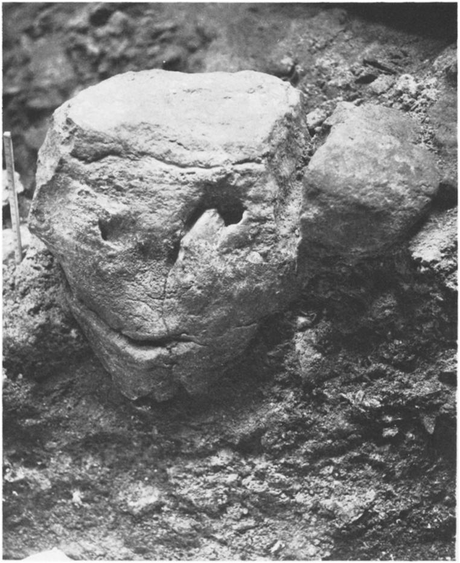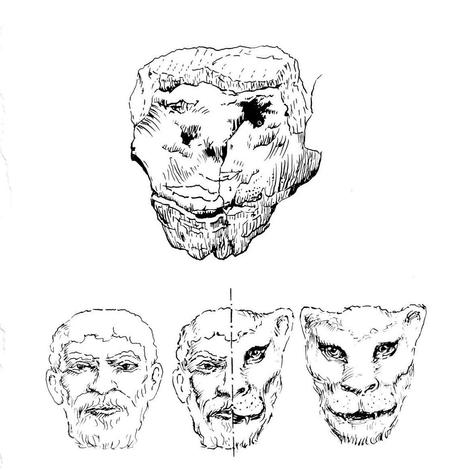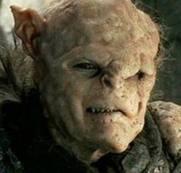“It has long been recognized that any interpretation of prehistoric religious behavior should be based on concrete archaeological evidence. Yet evidence for Paleolithic belief systems is extremely scanty, and that which does exist is usually enigmatic — or as [Mircea] Eliade has expressed it, semantically opaque” (Freeman & Echegaray 1981).
Three lines of evidence are typically used to make inferences about Paleolithic supernaturalism: (1) deliberate burials with grave goods, (2) mobiliary objects such as figurines, and (3) parietal art such as petroglyphs and cave paintings. Although this evidence is fairly limited, some elaborate tales about prehistoric “religion” have been spun using it. For each kind of evidence, there are alternative, non-supernatural explanations.
With the limited evidence and alternative explanations in mind, L.G. Freeman and J.G. Echergaray argue that something more than an isolated find is required to make inferences about ritual activity:
For all intents and purposes, that means we are not concerned with everyday behavior which was simply consistent with the precepts of supernatural powers but, specifically, with religious ritual, culturally patterned symbolic behavior by which the human community (or agents thereof) attempt to influence culturally postulated superhuman beings.
The arbitrary symbolic nature of ritual behavior should be indicated in the archeological record (at least occasionally) by the fact that it is obscure, and that it is not directly explicable in terms of its efficacy in the day-to-day problems of human survival. The communal nature of a ritual could be demonstrated by indications that several individuals collaborated in its performance.
While this may be an overly restrictive method based on modern ideas, the authors fruitfully apply it to the 14,000 year old (i.e., Magdalenian) discoveries at El Juyo cave in Spain. It is a complex site containing all manner of objects arranged in unusual ways. Trenches are dug and filled with tools, shell, bone, plant, and pigment. Large rocks are moved and placed in non-natural positions, including one large slab weighing close to a ton. It is obvious that a great deal of care went into the design and placement of objects, and that many people were involved.
The pièce de résistance is a large vertically placed rock that was set near the cave entrance so that anyone approaching would see it. Its natural features have been modified to suggest a face:

Having identified what clearly appears to be a ritual site using strict criteria, the authors abandon these criteria when interpreting the rock-face. They assert that the face “represents a being whose nature is dual.” They interpret the right side (left in picture) as an adult male human with moustache and beard, and the left side (right in picture) as a lion or leopard with long, naked nose and protruding tooth. There are painted block spots than can’t be seen in this picture but which suggest whiskers. Here is an artistic interpretation:

Extended contemplation of the El Juyo rock-face suggests to the authors this is “a supernatural being who presided over rites of initiation, and whose double and contradictory nature incorporated the concept of transcendence and served as a means of communi-cation between the real world of nature and a higher reality.” Wow.
I agree that the modified rock is a face and that the face had ritual or supernatural significance. But this is as far as I can go. I am not even sure I see the “lion or leopard” half of the face.
What I do see is an anthropomorph suggestive of an Orc:

Reference:
Freeman, L., & Echegaray, J. (1981). El Juyo: A 14,000-Year-Old Sanctuary from Northern Spain. History of Religions, 21 (1) DOI: 10.1086/462884



